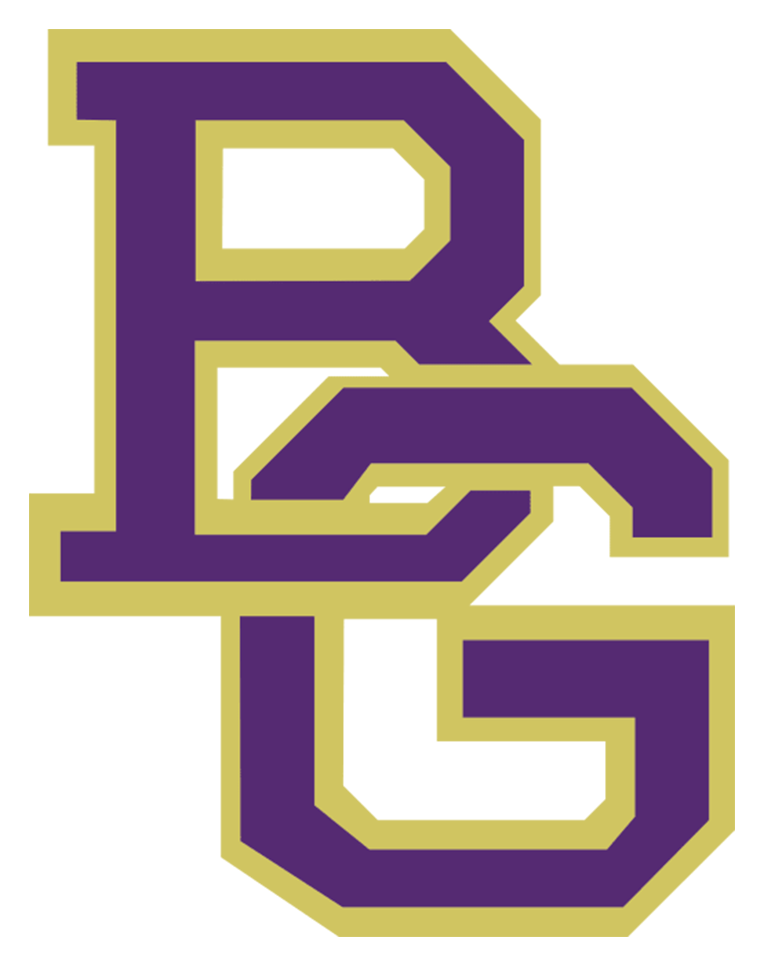FIFTH GRADE
Below are the Mastery Learning Targets, or priorities for all fifth grade students to be successful when they advance to sixth grade. Mastery (M) of these skills means the student has met the grade-level standard and is independently performing on grade level. Mastery takes time to develop and may take the full school year.
READING
Decodes grade level unfamiliar words.
Reads and understands grade level text with ease, self-correcting as needed.
Writes multiple original sentences in cursive
Can read and understand cursive writing
Writes their own name fluently in cursive
Quotes from the text to analyze stated and implied meaning.
Cites text evidence to support the theme in a fictional story.
Compares and contrasts characters, setting, and events in a story.
Describes relationships between characters, settings, and events in a story.
Analyzes how words and phrases shape the meaning of the text.
Describes the narrator's point of view and how it influences the story.
Analyzes the passage and cites text evidence from a nonfiction text.
Explains how an author uses reasons and evidence to support a claim.
WRITING/COMPOSITION
Composes an introductory paragraph for an opinion piece.
Creates a structure when writing to develop the opinion with reasons, facts, and details.
Composes a concluding paragraph for an opinion piece.
Writes complete sentences using the correct verb tenses.
Uses context clues to determine meaning of words.
MATH
Multiplies up to a four-digit by a two-digit number.
Divides up to a four-digit number by a two-digit number.
Adds and subtracts decimals to the hundredths place.
Multiplies decimals to the hundredths place.
Divides decimals to the hundredths place.
Solves word problems involving addition and subtraction of fractions.
Multiplies a fraction by a whole number or a fraction.
Calculates the volume of right rectangular prisms.
Plots points in the coordinate plane.
SOCIAL STUDIES
Uses evidence when creating claims to answer challenging questions.
Analyzes primary and secondary sources while observing various perspectives.
Uses evidence from multiple sources to answer challenging questions.
Creates a product to show how different perspectives influenced the founding of the United States.
Creates an argument with evidence from multiple sources about a founding principle.
Uses examples from U.S. history to address a current problem.
Identifies civic responsibilities and makes connections to a current issue.
SCIENCE
Measures and graphs evidence of how matter can change and be conserved.
Uses observations and measurements to identify materials based on their properties.
Develops a model to describe the movement of matter within a food web.
Develops a model to explain how earth, water, gases, and life interact.
Uses graphs to show the patterns of day and night (shadows, changes of the stars).
